As climate change intensifies, heatwaves are becoming increasingly common worldwide, creating dangerous conditions not just for humans but for our feathered friends as well. Birds face unique challenges during extreme heat events, often lacking the ability to cool themselves effectively without assistance. While we might retreat to air-conditioned spaces, wild and backyard birds must rely on environmental resources and, increasingly, human intervention to survive temperature spikes. This comprehensive guide explores practical, effective measures to help birds weather heatwaves safely, combining traditional wisdom with innovative approaches that could make a critical difference in avian survival during these increasingly common extreme weather events.
Understanding How Birds Experience Heat
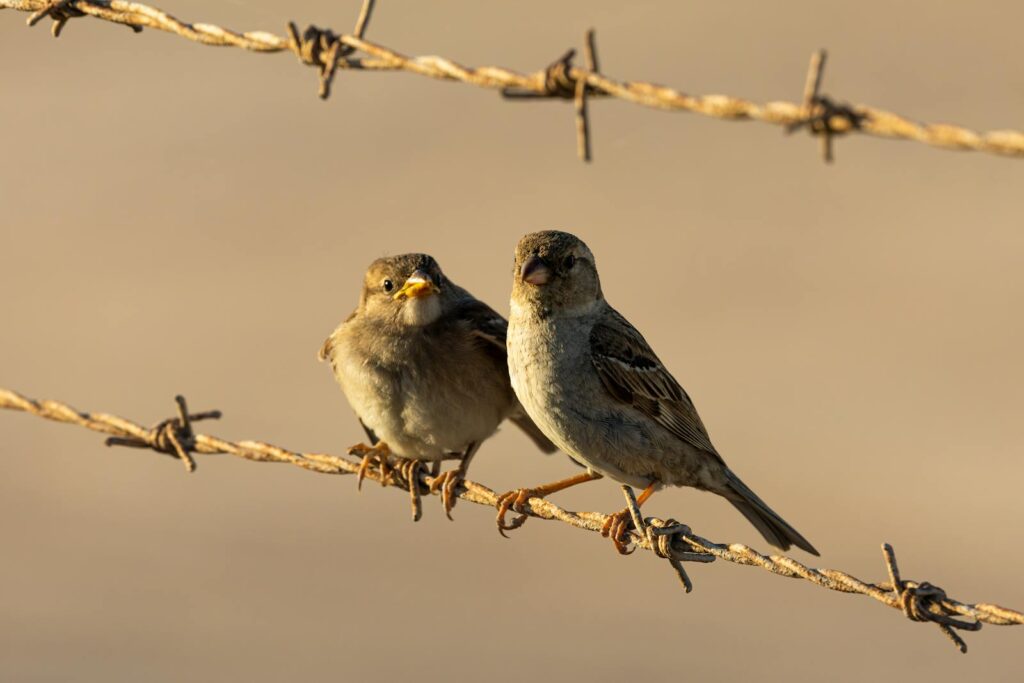
Birds face distinct physiological challenges during heatwaves that differ significantly from mammals. Unlike humans who sweat to cool down, birds lack sweat glands and must rely on alternative cooling mechanisms. Their primary cooling method is a process called gular fluttering—rapidly vibrating the throat muscles to promote evaporation—but this becomes less effective as humidity rises. Birds also pant, which can lead to dangerous dehydration during extended hot periods. Their naturally higher body temperature (typically 104-108°F or 40-42°C) means they have a narrower safety margin before experiencing heat stress compared to mammals. Understanding these biological constraints helps explain why even seemingly moderate heat waves can prove devastating to bird populations when they lack appropriate resources.
Signs of Heat Stress in Birds You Shouldn’t Ignore
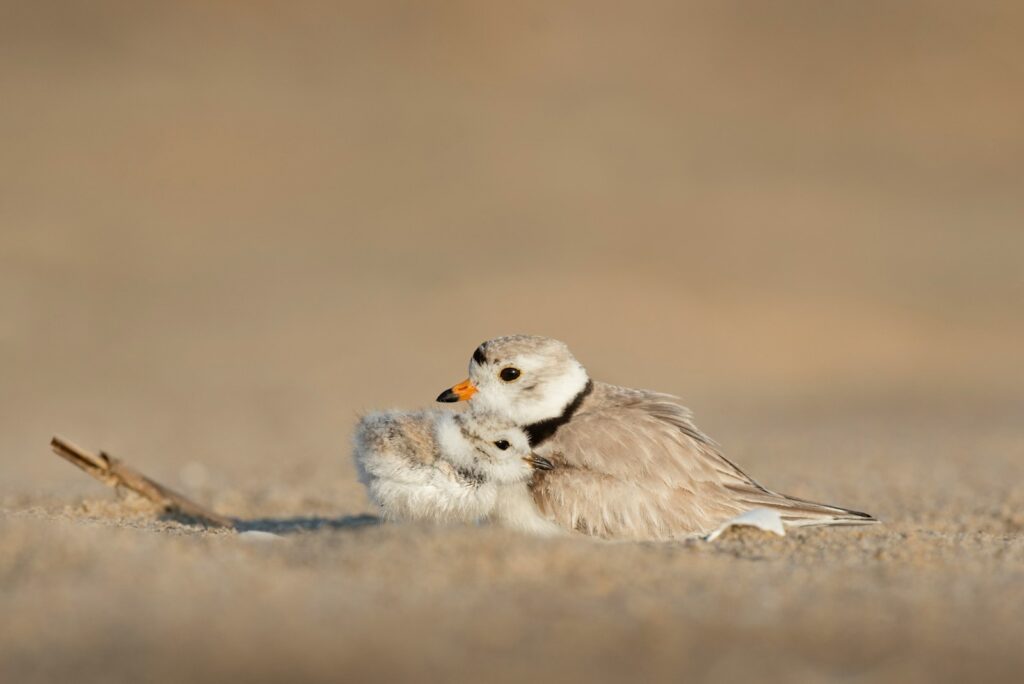
Recognizing when birds are suffering from heat stress can help you intervene before their condition becomes critical. Birds experiencing heat distress typically exhibit rapid, open-mouthed breathing or panting, with wings held away from their bodies to increase airflow. You might notice unusual lethargy, with birds remaining in shaded areas throughout the day rather than engaging in normal feeding activities. In severe cases, birds may appear disoriented, struggle to maintain balance, or even fall from perches. Nestlings might be abandoned by parents who are themselves struggling with the heat. If you observe multiple birds exhibiting these symptoms in your area, it likely indicates dangerous heat conditions requiring immediate intervention.
Creating Life-Saving Water Sources

Perhaps the most critical resource you can provide during a heatwave is accessible, clean water. Traditional birdbaths should be maintained with fresh water daily, but consider augmenting them with additional shallow containers placed in shaded locations around your property. The ideal bird-friendly water source is no deeper than 1-2 inches with gradually sloping sides to accommodate birds of different sizes. Adding stones or branches that emerge from the water creates safe landing spots and entry points. Misters and drippers attached to existing birdbaths create moving water that both attracts birds and enhances cooling effects through evaporation. For maximum impact, establish a network of water sources at different heights and locations to serve different species and reduce competition during peak heat.
The Power of Strategic Shade Creation
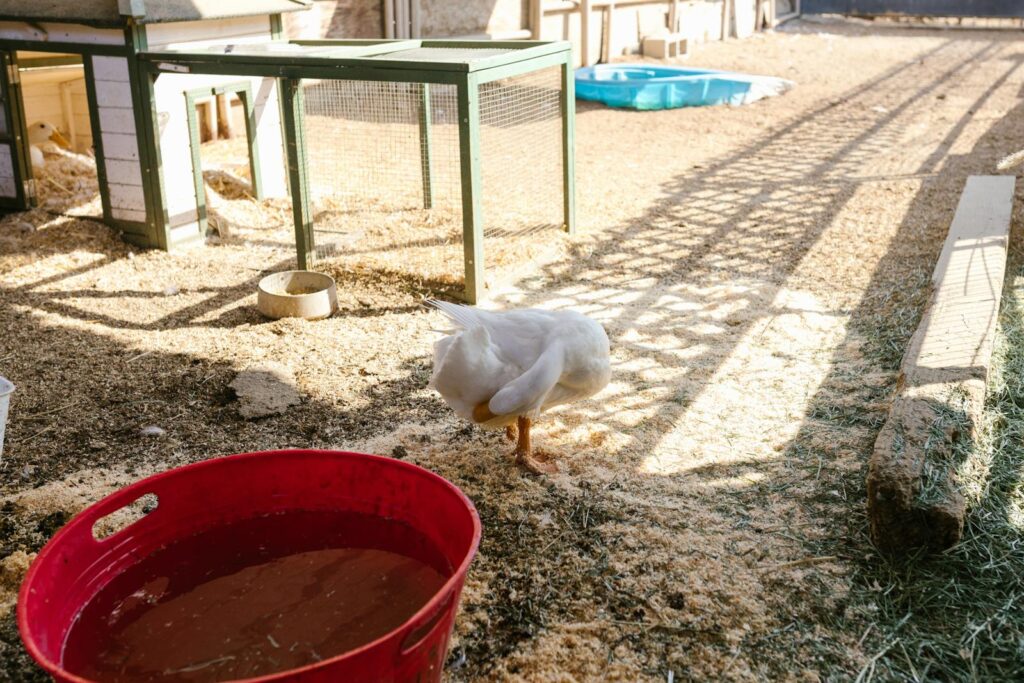
During heatwaves, shade becomes precious real estate for birds seeking relief from direct sunlight. While long-term garden planning with native trees and shrubs provides ideal natural shelter, temporary solutions can be implemented during acute heat events. Consider hanging shade cloths or old sheets in strategic locations near feeding and watering stations to create instant cooling zones. Umbrellas positioned near bird feeders provide immediate relief while not disrupting birds’ ability to remain vigilant for predators. For container gardens or small spaces, temporary trellises with fast-growing vines can create vertical shade corridors. Even shifting potted plants to create clustered shade islands can make a significant difference during peak heat hours, potentially reducing ambient temperatures in these microhabitats by 10-15 degrees.
Specialty Feeders for Hot Weather
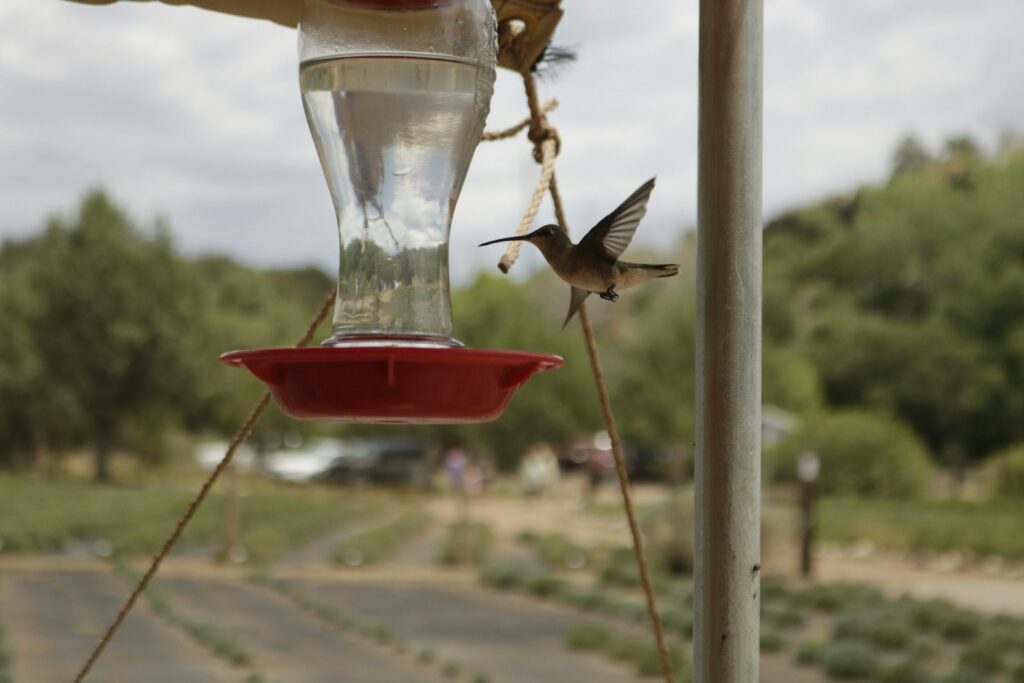
During extreme heat, traditional bird feeders can become problematic as seed spoils quickly and may attract harmful bacteria and mold. Consider switching to specialized hot-weather feeding options that emphasize high-moisture foods. Nectar feeders for hummingbirds should be placed in shade and refreshed more frequently than usual to prevent fermentation. Fruit feeders offering water-rich options like watermelon, grapes, or berries provide both hydration and nutrition simultaneously. Some innovative feeders now incorporate built-in shading mechanisms or water-cooling systems that help preserve food quality. For seed-eating birds, consider reducing the quantity offered while increasing the frequency of replacement, and prioritize shell-free options that require less energy for birds to process during heat stress.
Innovative Cooling Stations Anyone Can Create
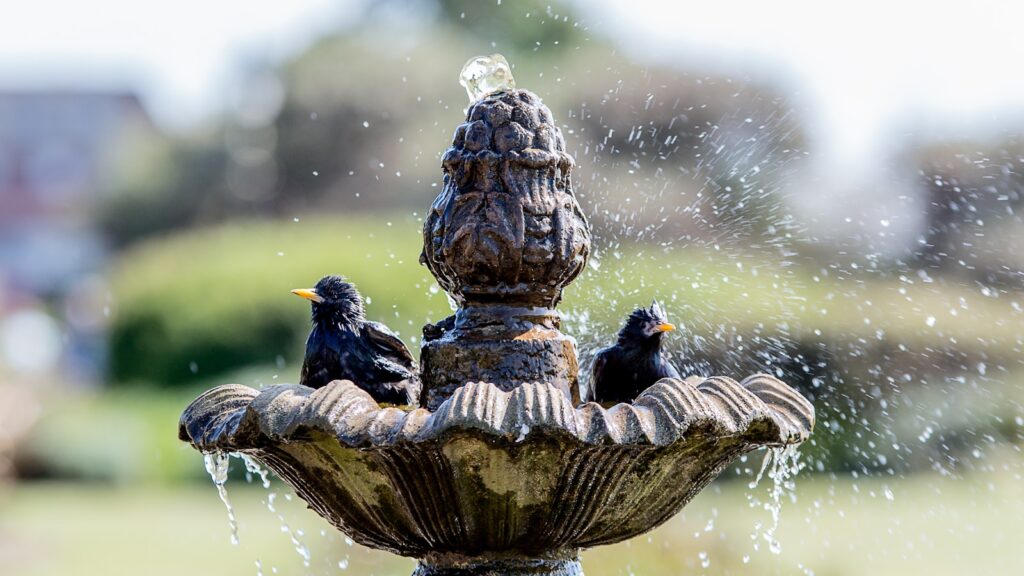
Dedicated cooling stations can significantly enhance birds’ ability to regulate their temperature during extreme heat events. A simple yet effective design involves placing a shallow tray filled with sand or small stones that is occasionally misted with water, creating a cool surface where birds can rest their feet and bellies. More elaborate setups might include solar-powered mini-fountains that circulate water through shaded pools. Repurposed household items like cookie sheets with raised edges create perfect splash zones when filled with a minimal amount of water. Some bird enthusiasts have reported success with freezing shallow dishes of water with fruit pieces embedded in them, creating long-lasting cooling blocks that gradually melt throughout the day, providing both refreshment and hydration for hours.
Special Considerations for Nesting Birds

Nesting birds face particular challenges during heatwaves as they cannot abandon their eggs or young to seek relief. Nest boxes and birdhouses can become dangerous heat traps, potentially reaching lethal temperatures within hours of direct sun exposure. Consider temporarily adding external shade above artificial nest structures using canvas, shade cloth, or even reflective materials like aluminum foil mounted on cardboard shields. Proper ventilation becomes crucial, so ensure that birdhouses have adequate air circulation holes near the top. For future seasons, consider mounting nest boxes on north or east-facing locations to minimize afternoon sun exposure. Some bird conservationists have developed innovative “cool roof” attachments for birdhouses that significantly reduce internal temperatures through reflective materials and insulation principles.
Timing Critical: When Birds Need Help Most
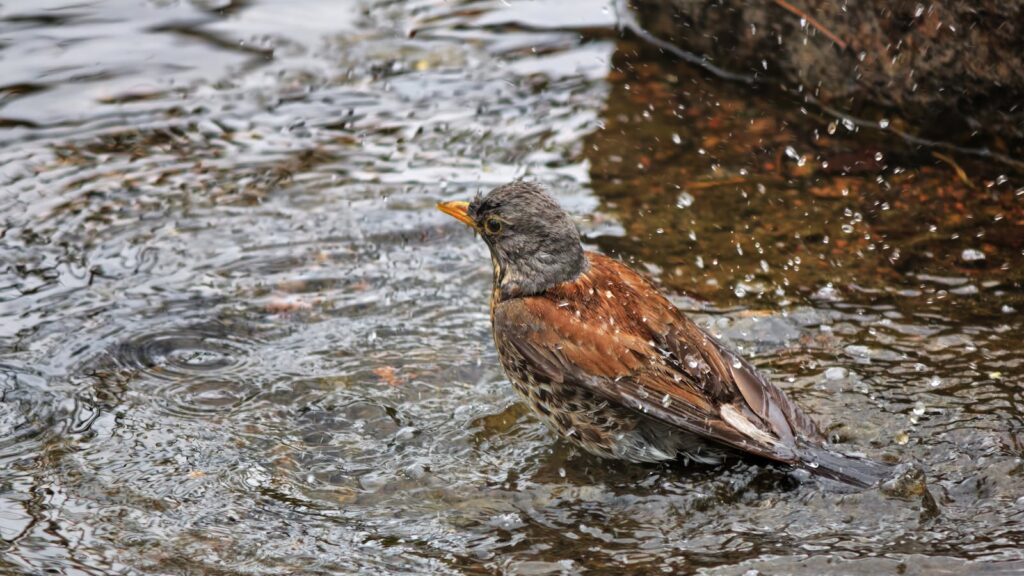
Understanding the daily rhythm of birds during heatwaves helps target assistance when it’s most critical. Birds are most vulnerable during the peak heat hours between 11 AM and 4 PM, when they typically reduce activity and seek shade if available. Early morning and late evening become crucial feeding and drinking times when temperatures are more tolerable. Water sources become particularly important in the late afternoon as birds prepare for overnight temperature regulation. Maintaining water availability during these critical windows—especially in the hours before sunset—can be literally lifesaving. Consider implementing an early morning and late afternoon “refreshment schedule” for water sources during heatwaves to ensure resources are available when birds most actively seek them out.
Emergency Interventions for Distressed Birds
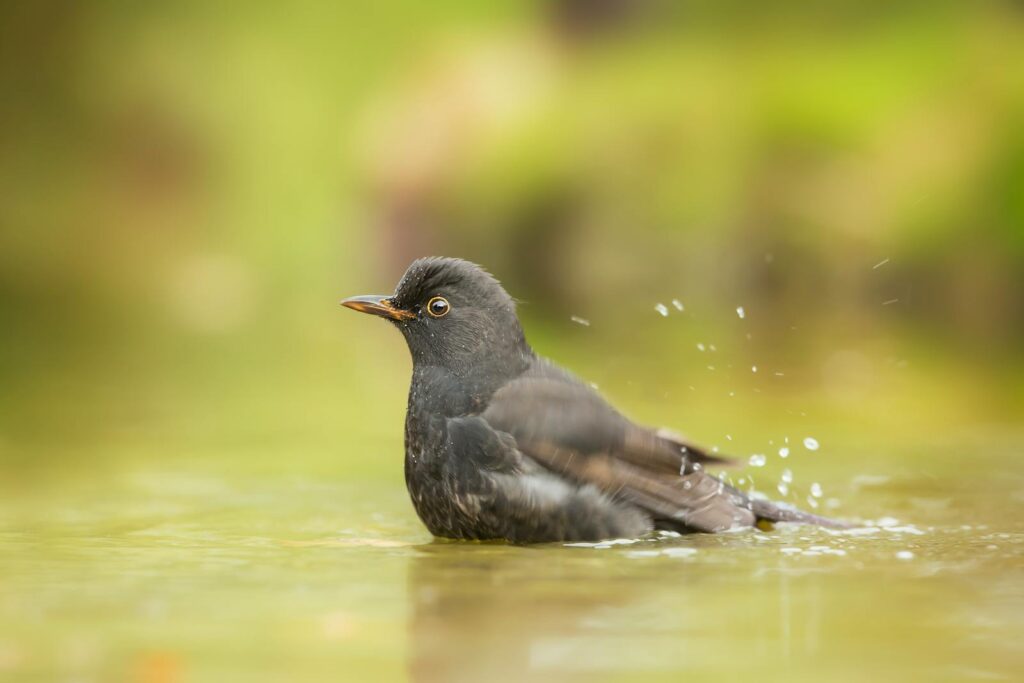
Despite preventative measures, you may occasionally encounter a bird in acute heat distress requiring immediate intervention. If you find a heat-stressed bird that appears disoriented or unable to fly, careful action may save its life. Create a temporary recovery space using a cardboard box with air holes in a quiet, cool indoor location. Offer water in a shallow container but never force-feed or handle the bird unnecessarily as this creates additional stress. Lightly misting around (not directly on) an overheated bird can help create cooling evaporation. Contact your local wildlife rehabilitation center for guidance, as different species have varying needs and recovery prospects. Remember that in many jurisdictions, handling wild birds requires proper authorization, so professional guidance should be sought whenever possible.
Community-Wide Approaches That Multiply Impact
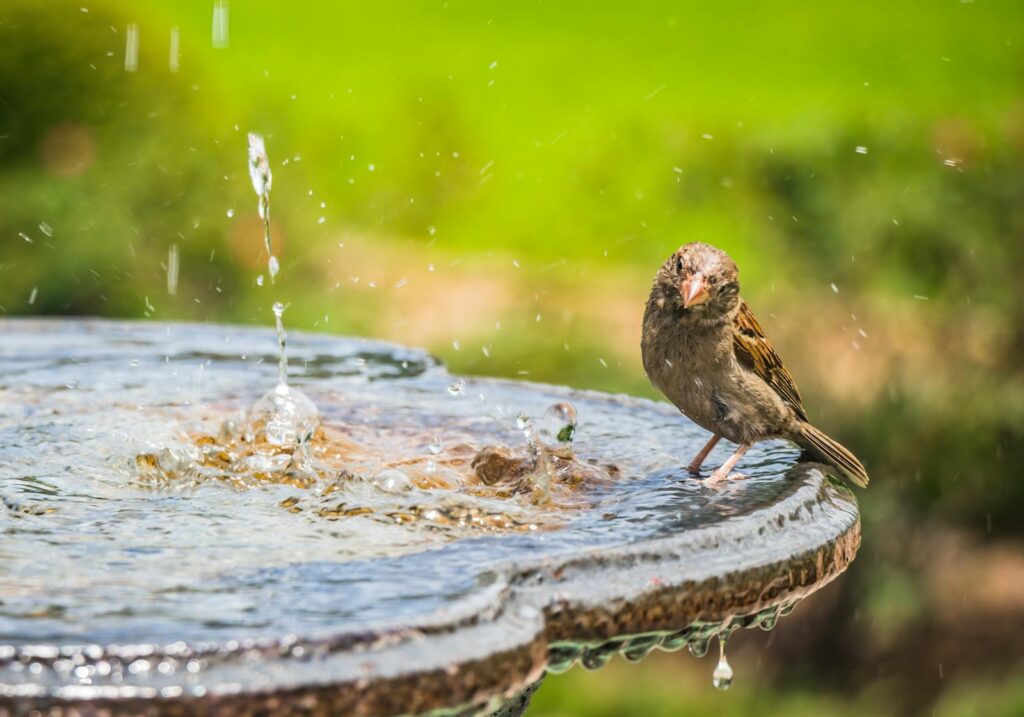
Individual efforts to help birds during heatwaves can be dramatically amplified through neighborhood coordination. Consider organizing a “heat relief network” where neighbors agree to maintain different resources across a wider area, creating a connected series of cooling refuges. Community water stations established in public spaces like parks can serve bird populations that might otherwise lack access to reliable water sources. Educational outreach through local garden clubs, social media groups, and community boards can spread awareness of bird-friendly heat interventions. Some communities have successfully implemented “cooling corridors” by coordinating shade plantings and water features along natural flight routes, effectively creating heat-relief highways for local bird populations during extreme weather events.
Long-Term Garden Planning for Future Heatwaves
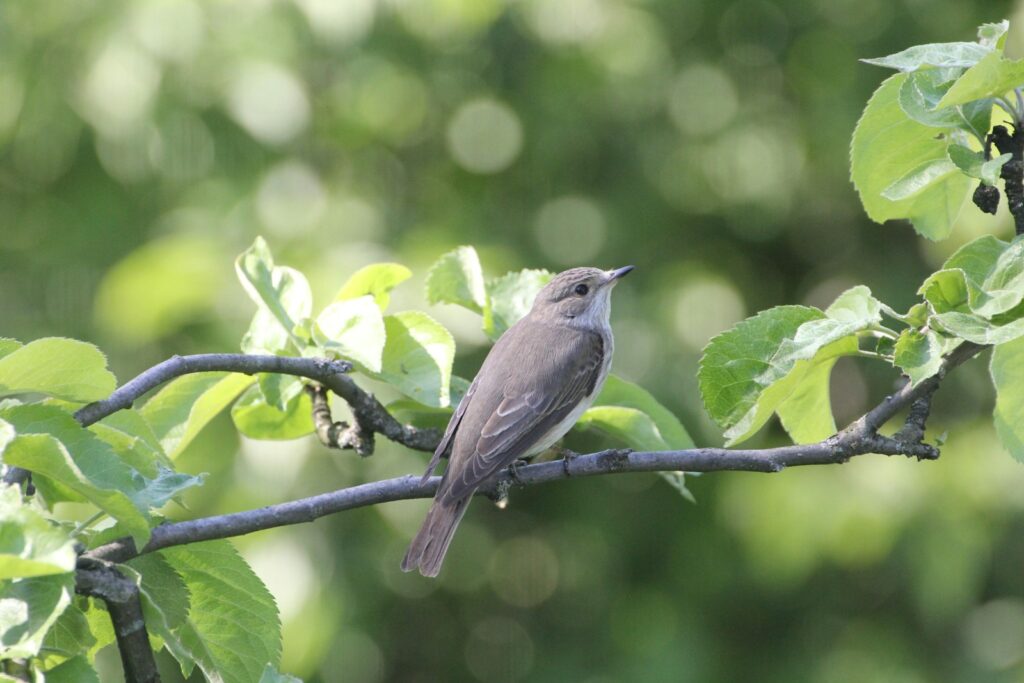
While emergency measures are essential during active heatwaves, thoughtful garden planning creates resilient bird habitats better equipped to withstand extreme temperatures. Prioritize layered plantings with trees, shrubs, and ground cover that create varied microhabitats with natural temperature gradients. Native plant species typically require less supplemental watering while providing familiar food sources and nesting materials for local birds. Consider incorporating water-efficient landscape features like rain gardens and swales that capture and retain moisture during dry periods. Strategic placement of permanent water features in locations that receive morning sun but afternoon shade maximizes their usefulness during hot weather. Creating these heat-resilient landscapes not only helps birds during extreme events but also contributes to broader ecological health and biodiversity.
The Science Behind Bird Cooling Behaviors
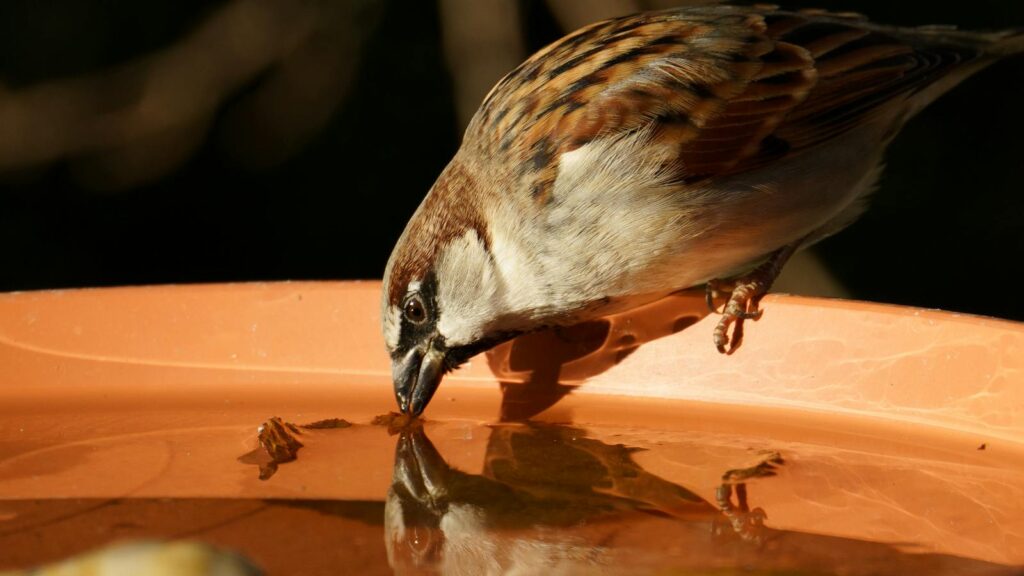
Understanding the natural cooling behaviors of birds can help us design more effective interventions during heatwaves. Many species practice a behavior called “urohydrosis,” where they defecate on their legs to cool through evaporation—a fact that explains why water features with standing perches are particularly valuable. Some birds engage in “sunning” behaviors in early morning to regulate parasites, but switch to “wing-spreading” in shade during heat to increase body surface area for cooling. Dust bathing, often observed in ground-dwelling species, helps regulate body temperature and maintain feather condition during hot weather. Certain species adjust their daily rhythms dramatically during heatwaves, becoming primarily crepuscular (active at dawn and dusk) while sheltering during midday—a pattern that should inform when and how we make resources available.
Tracking Success: Monitoring Bird Response to Heat Interventions
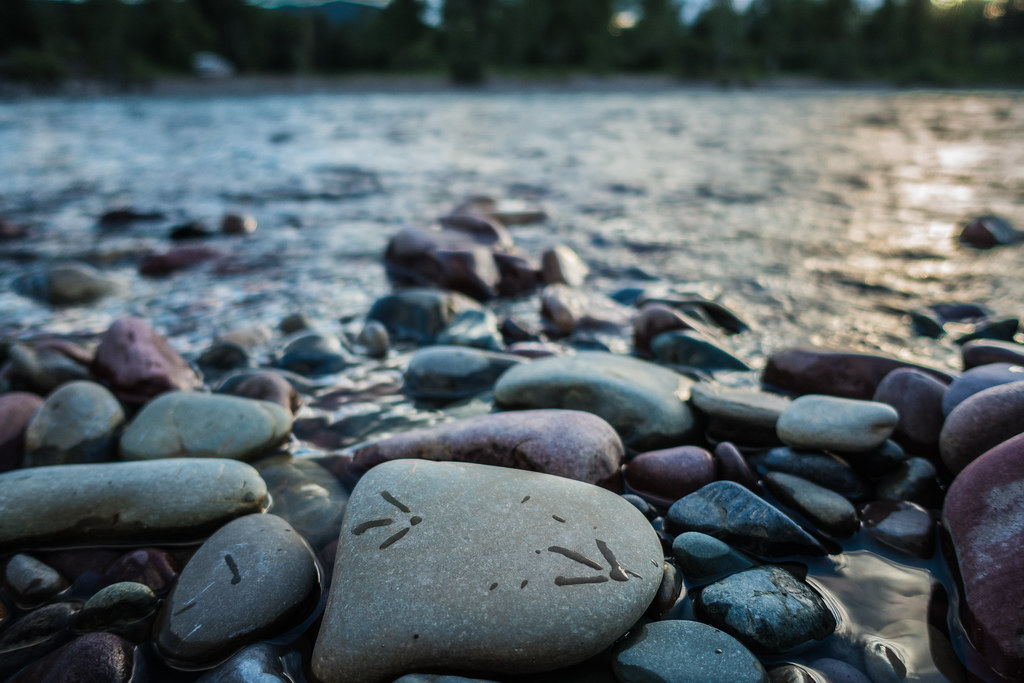
Observing how birds respond to your heat-relief efforts provides valuable feedback for refining your approach. Consider keeping a simple journal during heatwaves noting which species use different resources, at what times, and under what conditions. This citizen science approach not only helps improve your local interventions but can contribute to broader understanding of bird behavior during extreme weather events. Photography with date and time stamps provides visual documentation of resource utilization patterns. Some bird enthusiasts use motion-activated cameras to monitor bathing and drinking stations without human presence disturbing natural behaviors. Sharing these observations through platforms like eBird or local naturalist groups creates valuable data sets that help researchers understand regional patterns in how birds are adapting to our changing climate.
As our climate continues to change, providing meaningful assistance to birds during increasingly frequent and severe heatwaves becomes not just an act of compassion but an ecological necessity. By implementing the strategies outlined in this guide—from basic water provision to creating comprehensive cooling networks—we can significantly improve survival rates for both common backyard visitors and species of conservation concern. Every bird saved represents a small victory for biodiversity in our changing world. Whether you have acres of land or just a small balcony, your efforts to create heat refuges for birds contribute to a larger tapestry of care that helps preserve the natural world we all share. The most important step is simply to begin, knowing that even modest interventions can make a life-saving difference during the next inevitable heatwave.
